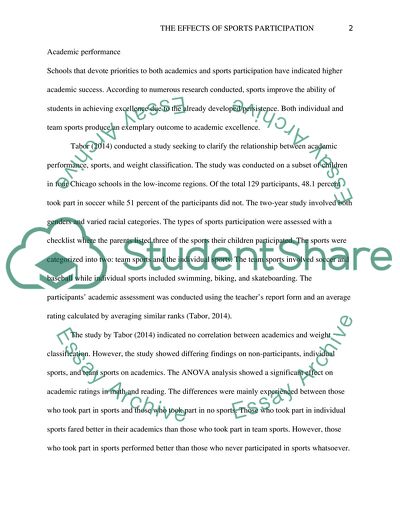Cite this document
(“The effects of sports participation on childrens achievements in Term Paper”, n.d.)
Retrieved from https://studentshare.org/education/1694312-the-effects-of-sports-participation-on-childrens-achievements-in-school
Retrieved from https://studentshare.org/education/1694312-the-effects-of-sports-participation-on-childrens-achievements-in-school
(The Effects of Sports Participation on Childrens Achievements in Term Paper)
https://studentshare.org/education/1694312-the-effects-of-sports-participation-on-childrens-achievements-in-school.
https://studentshare.org/education/1694312-the-effects-of-sports-participation-on-childrens-achievements-in-school.
“The Effects of Sports Participation on Childrens Achievements in Term Paper”, n.d. https://studentshare.org/education/1694312-the-effects-of-sports-participation-on-childrens-achievements-in-school.


